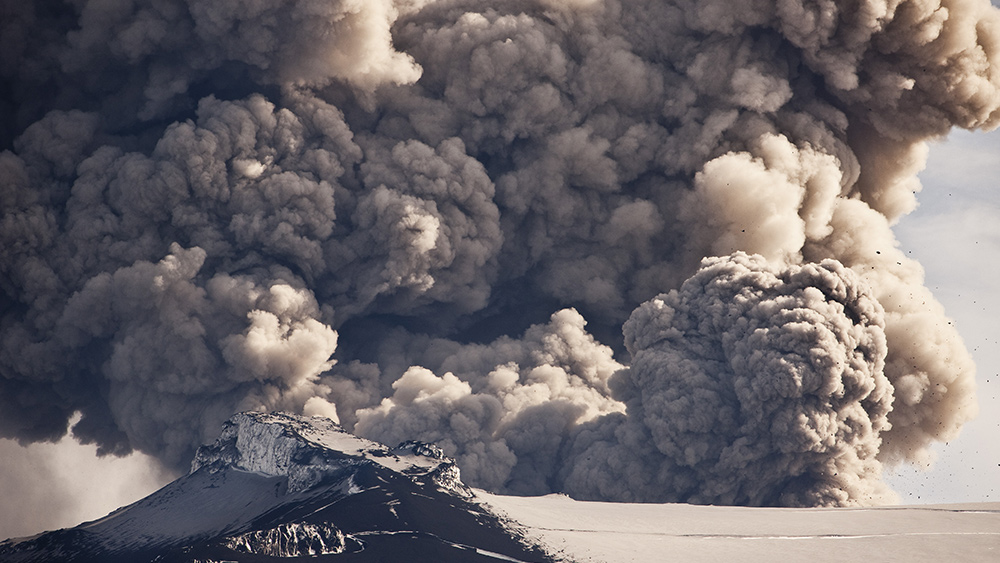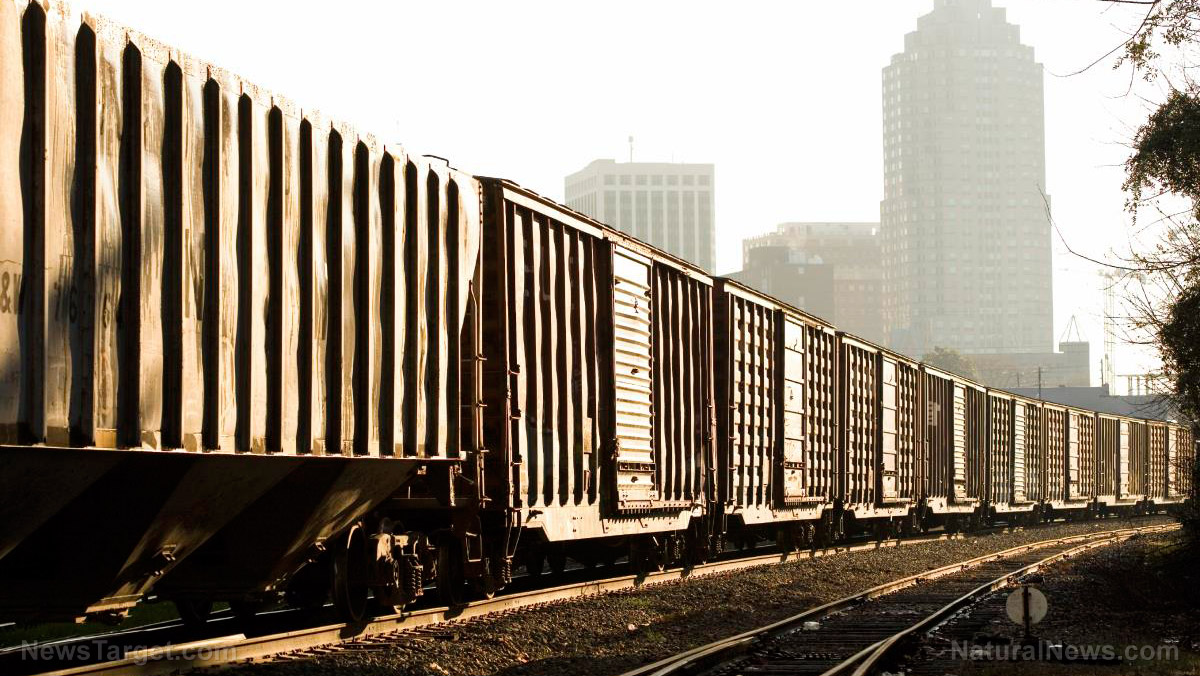
The Yellowstone Supervolcano, commonly referred to as the Yellowstone Caldera, was hit by more than 40 earthquakes in April, heightening concerns that the supervolcano is about to erupt.
Geologists with the Yellowstone Volcano Observatory (YVO) released a report regarding tectonic, volcanic and otherwise explosive activity at Yellowstone National Park. The report indicated that a total of 43 earthquakes occurred in the region in and around the National Park in April and that the tremors were accompanied by three eruptions from the famous Steamboat Geyser.
The largest seismic event was a minor earthquake of magnitude 2.5, with the epicenter of the quake located 15 miles to the northeast of the small town of West Yellowstone, Montana.
The geologists who compiled the report pointed out that the Yellowstone Caldera's activity is below the monthly average. Despite this, many people are still fearful that the supervolcano is about to erupt without notice very soon. (Related: Emergency preparedness: How to prepare for the Yellowstone Caldera eruption.)
Geological Survey denies eruption will happen anytime soon
The Yellowstone Caldera last erupted around 640,000 years ago. Before that, it erupted 1.3 million and 2.1 million years ago. The series of eruptions are leading people to believe that the eruptions occur like clockwork. This theory has been dispelled by volcanologists and other scientists, but it still persists, especially on the internet.
"The supervolcano in Yellowstone will erupt before we get a comeback," wrote one person online.
"More earthquakes happening at Yellowstone which again may be precursors to an eruption," wrote another person. "But for some reason the monitors there aren't working which seems unlikely given it's a supervolcano and one of only five volcanoes globally monitored for magma flow."
"Man I remember watching a movie in seventh grade science class about Yellowstone and how it's bound to erupt any year now and just decimate the planet… I'm waiting, ma'am," wrote a third person.
The Geological Survey (USGS), which helps run the YVO, stated that the volcano is not likely to erupt any time soon. It said that the recent level of seismic activity in the region should not be misinterpreted as a warning or a prelude for a larger event.
"No swarm activity was observed in April," wrote the YVO. Swarm activity refers to a sequence of small earthquakes with no identifiable mainshock. A swarm can last several days, weeks or even months and usually recurs at the same locations. Swarms are associated with geothermal activity, and the lack of swarm activity implies a lack of heightened activity from the supervolcano.
"Yellowstone activity remains at background levels," concluded the YVO.
For comparison, the USGS pointed out that, in March, there were 105 earthquakes including a swarm of 12. This level of activity is considered more normal, since more than 3,000 earthquakes are detected in the National Park each month. None of the earthquakes detected have been interpreted by the USGS as a sign of an upcoming eruption.
"Yellowstone is monitored for signs of volcanic activity by YVO scientists," explained the USGS in a statement. "[The scientists] detect earthquakes using seismographs and ground motion using GPS."
The statement said YVO has not detected any activity that would suggest that the supervolcano is about to erupt.
The USGS claims that, even if Yellowstone were to suddenly erupt, such an explosion would not be volcanic but hydrothermal.
A hydrothermal eruption will cause reservoirs of steam or hot water to explode. These reservoirs in the Yellowstone Caldera are the sources of the National Park's famous geysers and hot springs. A hydrothermal eruption would blast open these shallow craters and spew debris and hot water out by more than a kilometer.
Smaller hydrothermal eruptions have occurred in Yellowstone, with one of the most recent ones happening in 1989 at Porkchop Geyser in the Norris Geyser Basin. This eruption spread out debris over 15 feet around Porkchop's central spring.
Learn more about volcanic eruptions and other natural disasters by reading the latest articles at Disaster.news.
Sources include:
Please contact us for more information.





















